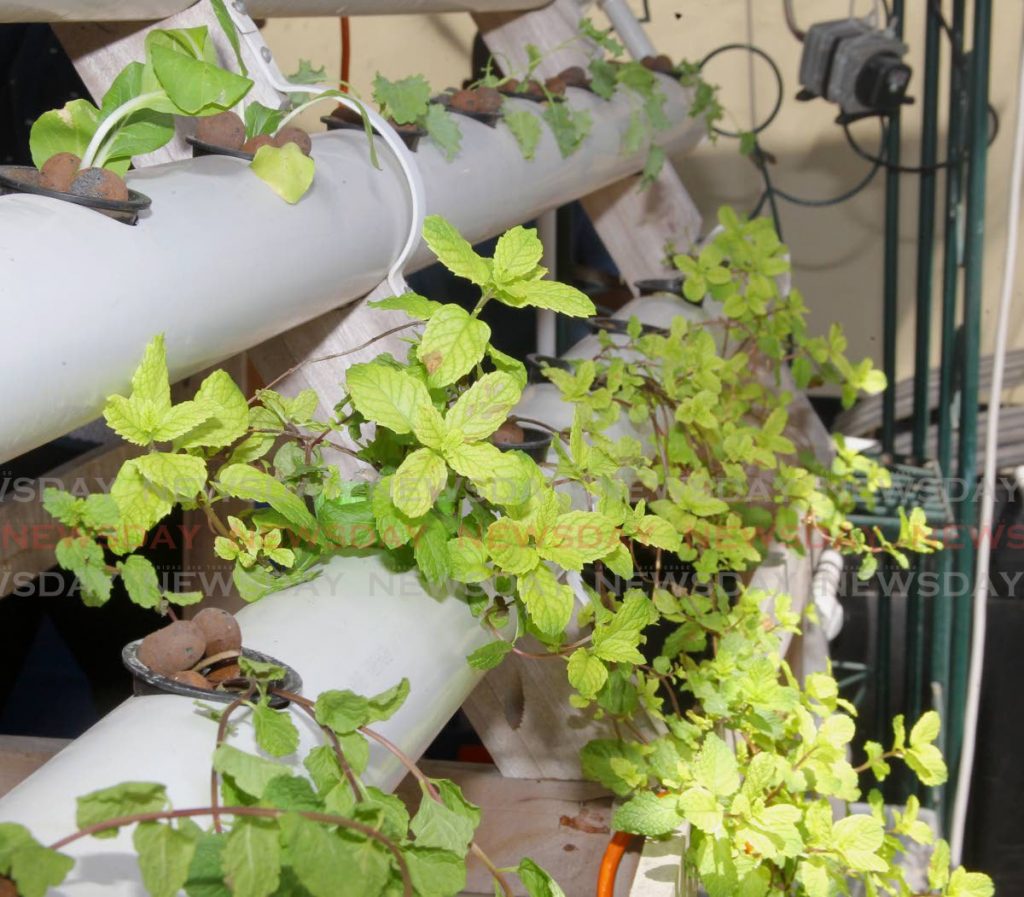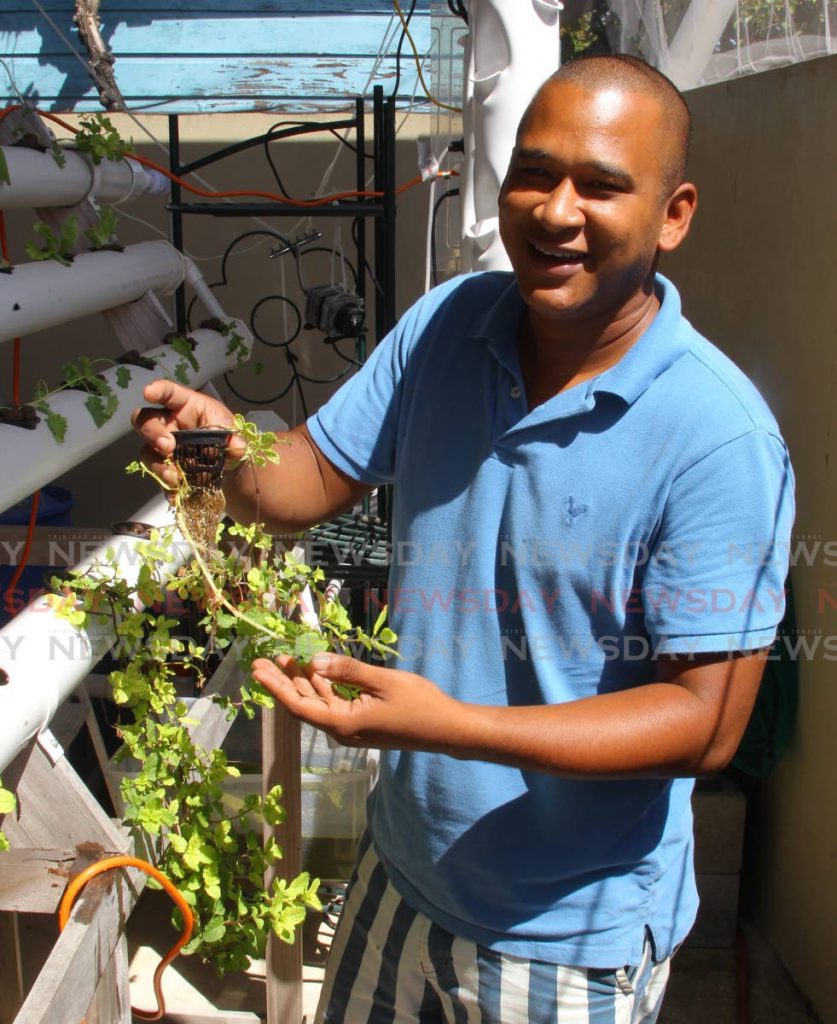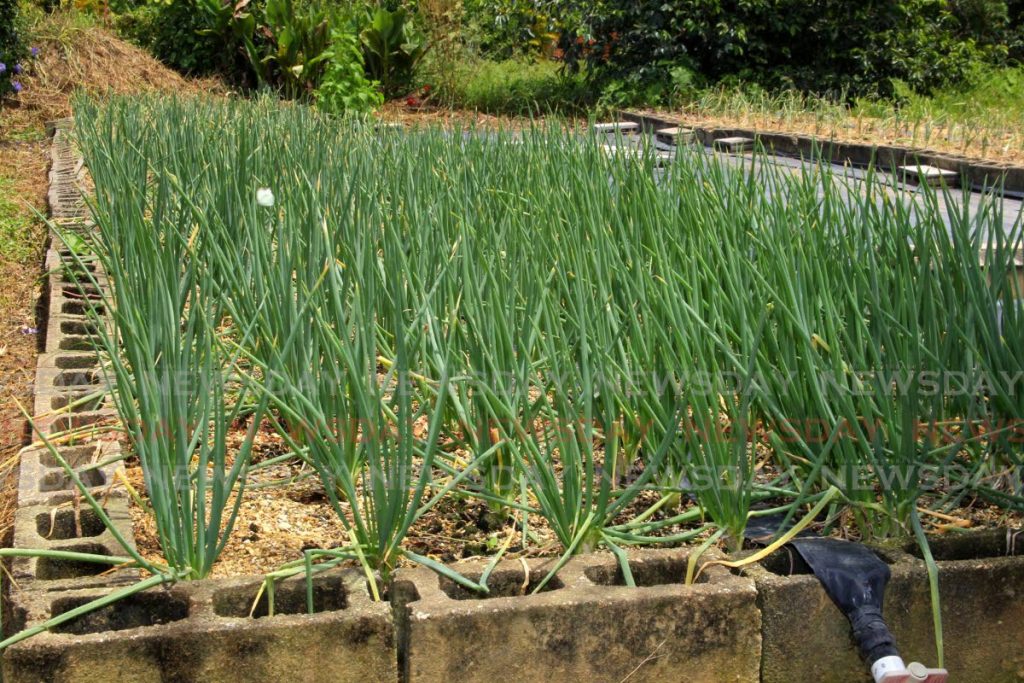An addiction to agriculture

It is common to hear about addictions to alcohol, smoking, or drugs but Extension Training and Information Services (ETIS) Division director Wilhemina Kissoonsingh has noticed a trend of addiction to learning.
“A lot of people take one course, like it, and find themselves taking others. It’s addictive. Then, after they take a few. They decide what they could or would like to pursue.”
Kissoonsingh was referring to the free Ministry of Agriculture farming techniques training courses of which there are over 40. As the training and information arm of the ministry, ETIS offers public courses which it advertises on the ministry’s website, social media and by posting flyers at aqua-shops. These courses cover crops, livestock, and other useful skills including irrigation, agribusiness, and record keeping.
She said there were fixed courses dealing with ducks, chickens, goats, dairy, pigs, and growing certain food crops but content varied as technology changed. Other courses would change based on demand, the technical capability of staff, and other issues.
“Agriculture is very dynamic. Every Monday morning there’s a new issue – a new pest, a new disease, a new variety of crop that comes out, a new chemical on the market, a new way of doing something. Now it’s about climate smart technology, using digital and precision technology, and those types of things so we always have to keep up with what is new.”

She lamented that the division did not have enough funding to have more staff, to advertise with conventional media, or to send staff to training so they had to keep themselves up to date or depend on training offered by local institutions.
Some of the courses available at the moment include cultivating seim, bodi and string bean; forage management for livestock; duck production; compost making; breadfruit production; rabbit production; aquaponics for home gardener; budding, grafting and other plant propagation techniques; and marketing of fresh fruits and vegetables on local and foreign markets.
“Because it’s a free service we’ve always had a high number of persons attending, depending on which course it is. Things like pepper sauce, winemaking, home gardening, are in high demand because, I guess, people think they could adopt it easily.

“The hardcore agriculture things like dairy cattle production and forages, those have less persons because I think the capital investment to get into those would be a bit higher. Also because of people’s perception that they are not as easy to get into as opposed to maybe aquaponics or a backyard garden, as well as the availability of land, those are not as attractive to people.”
Kissoonsingh added that a significant portion of their clientele were people who lost their jobs. There were also people doing backyard production, commercial farmers, those newly interested in agriculture, and retired people looking for alternative income.
She said younger people were attracted to agriculture techniques that utilise technology and tend to become non-traditional farmers. They did not want to go out in a field early in the morning and bend their backs in the hot sun. Using new aquaponics farmer, Nicholas Yee Loy (https://newsday.co.tt/2020/03/15/aquaponics-farming-for-youths/), as an example she said they did not even have to stack to farming itself, but could branch off to building or improving systems and techniques.

“As you see with Nicholas you learn one thing but then you could innovate and change and create things yourself.”
Interested groups numbered between 15 to 29 people, could contact ETIS for training in an area of agriculture. Kissoonsingh said the division usually got groups from various ministries, youth groups, churches, the visually impaired, and others, but anyone could form a group and request a course.
The courses are usually offered at the ministry’s farmer training centre in Centeno, which was established in 1978, and at the ministry’s county offices in Curepe, Sangre Grande, Caroni, Point Fortin, Penal, Princes Town, and Rio Claro.

She said she would encourage anyone to get into agriculture especially with the ministry’s incentive programmes, and the fact that the Agriculture Development Bank acknowledged the ministry’s certificates with respect to lower-interest loans.
She admitted that agriculture had its challenges such as access to land, flooding, praedial larceny, pests, disease, and it could be expensive to initiate. However she said there were positive options such as Namdevco’s farmers market, selling at a wholesale market, or making value added products. Most of all, she said, agriculture was lucrative.


Comments
"An addiction to agriculture"